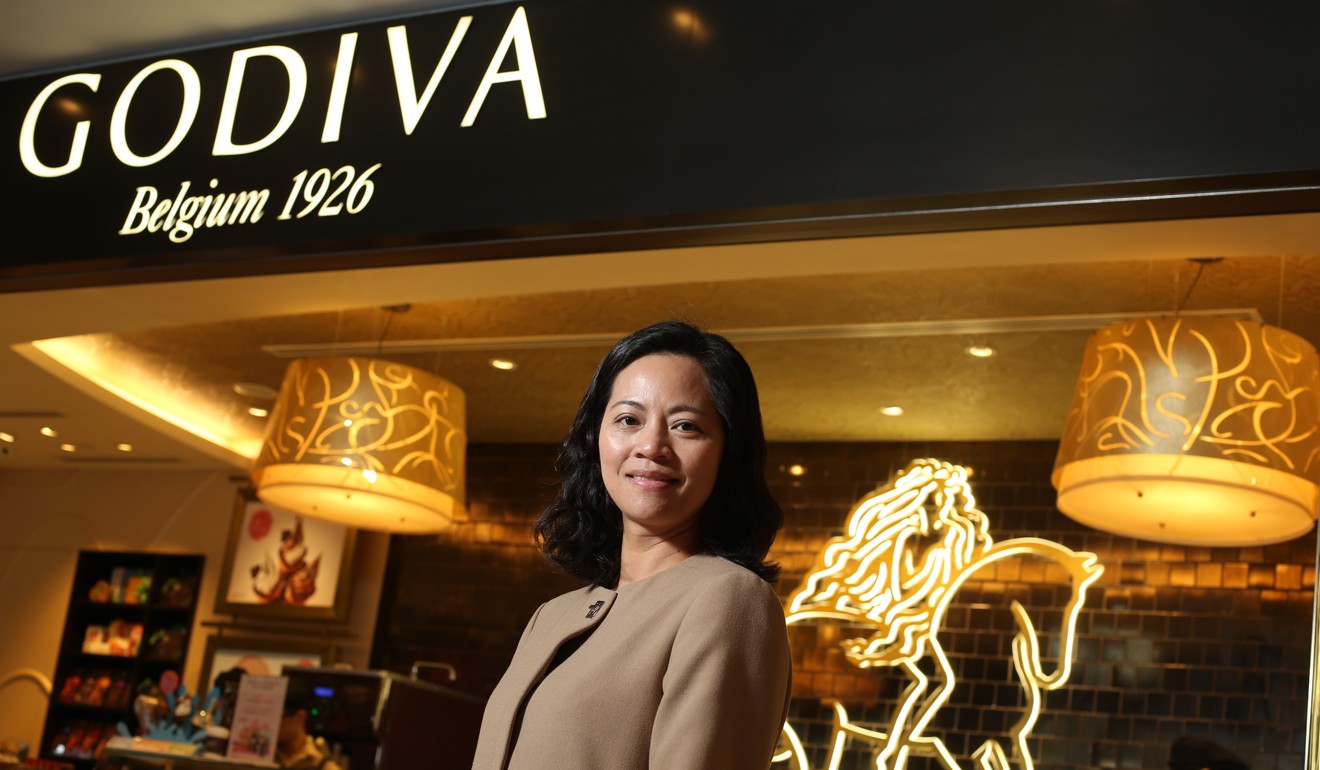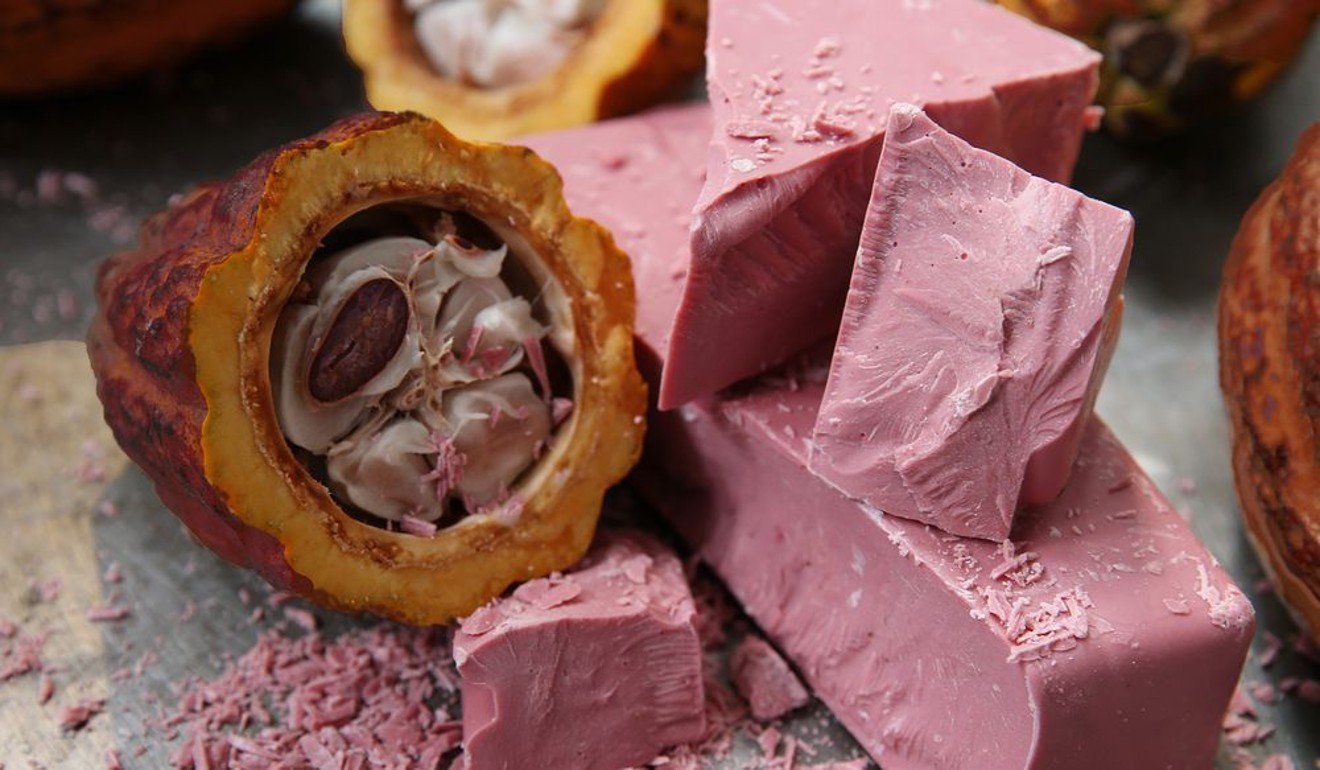
New generation of chocoholics may turn China into a major chocolate market
Not so long ago, chocolate in mainland China was generally seen as an exotic delicacy, something people only bought as a luxury gift or an extravagant treat.
But now a generation of young chocoholics is seemingly emerging. In a land of 1.3 billion people, that’s likely to have a big impact on the industry globally as chocolate manufacturers try to get a slice of the action.
It’s not just the chocolate that’s mouth-watering. The potential profits on offer are pretty tasty too.
The market for chocolate in China is expected to grow in value to 40 billion yuan (US$6.2 billion) by 2020, according to market research firm Ebrun.
The bullish forecast translates into a near doubling of chocolate consumption in the Chinese mainland. Sales of chocolate in the world’s most populous country were valued at about 20 billion yuan in 2015.
On a per-capita basis, Chinese consumption of chocolate is still less than 1 kilogram a year, a mere tenth of the figure in Europe. That means there is plenty of room for growth.
“The situation is going to change very soon based on the ground reality,” said Chen Xiao, chief executive of Shanghai Yacheng Culture, a firm that deals with marketing and branding for food companies. “The double-digit year-on-year growth does not give the full picture of China’s chocolate market.”
Zurich, Switzerland-based Barry Callebaut, the world’s biggest maker of chocolate for commercial customers, is now firmly set on expanding its production in China, eyeing the growth potential in the mammoth market.
Ben De Schryver, president of Barry Callebaut Asia Pacific, said the company planned to build two new plants on the mainland over the next five years as chocolate becomes a bigger and bigger part of people’s daily lives.
“It’s a vibrant market. The Chinese market is very open to new concepts,” he said. “Besides, there is a long way to go in terms of consumption here.”
Barry Callebaut is a business-to-business company that makes chocolate and cocoa products.
It presently supplies chocolate to retail brands, bakeries and restaurants on the mainland through its factory in Suzhou. The company is planning to increase the plant’s annual capacity of 250,000 tonnes, said Schryver.
International chocolate companies have been trying to turn Chinese people into chocoholics for years, spotting the potential financial rewards in the world’s second largest economy. That’s been no small feat in a country whose food culture is so strongly linked to Chinese tradition.
The top 20 global chocolate brands have already gravitated to China as they salivated over the potential of the mainland market.
Belgian chocolate maker Godiva had about 100 retail outlets here at the end of last year, and plans to triple that number by 2020.
Ferrero Rocher, the Italian chocolatier, started to build a factory in Hangzhou, Zhejiang province, in 2014 with the first-phase due to start operating next year.
Local manufacturers, despite finding themselves eclipsed by their powerful foreign rivals, are also revving up expansion plans to increase their market shares.
Shanghai-based Ahme Food, for example, acquired Belgian chocolate brand Pralinor last year to help it explore the high-end segment of the country’s chocolate market.
In the early 1980s, when Beijing embarked on economic reforms, a piece of chocolate was regarded more as a precious rarity than a daily necessity.
“It is changing now because of the coffee culture,” said Schryver. “We see more and more changes in the way chocolate is used. It’s more about chocolate with something else, like bakery products, pastries and ice-creams.”

Millions of Chinese have turned to cross-border online shopping channels to snap up coveted delicacies such as biscuits and chocolates.
On August 8, e-commerce giant Alibaba, in an apparent effort to promote its “new retail” strategy and reconfigure the global commercial landscape, formed partnerships with 50 top international brands including Godiva to better cater to Chinese consumers’ growing appetite for premium goods and services.
Alibaba is the owner of the South China Morning Post.
In the mainland, foreign brands such as Ferrero Rocher and Dove – known as Galaxy in the UK, its home market – dominate the chocolate market.
According to Ebrun, those two brands enjoy a combined 40 per cent share of the mainland market.
Earlier this week, Barry Callebaut launched what it described as “the world’s fourth type of chocolate,” called Ruby, in Shanghai, hoping the “innovative” product could help it attract more Chinese consumers with a sweet tooth.

“They are willing to pay a premium for the new product,” said Schryver.
Ruby chocolate, unlike the existing white, dark and milk chocolates, is made from the Ruby cocoa bean that Barry Cellebaut took years to source from different regions of the world.
The bean has an intense taste and a reddish colour.
“When I was little, chocolate was treated as a food product to give me more energy to study hard,” said Amy Yan, a 40-year-old Shanghai chocolate lover. “It has become a delicacy to people like me now and it’s no longer an expensive thing in our life.”

